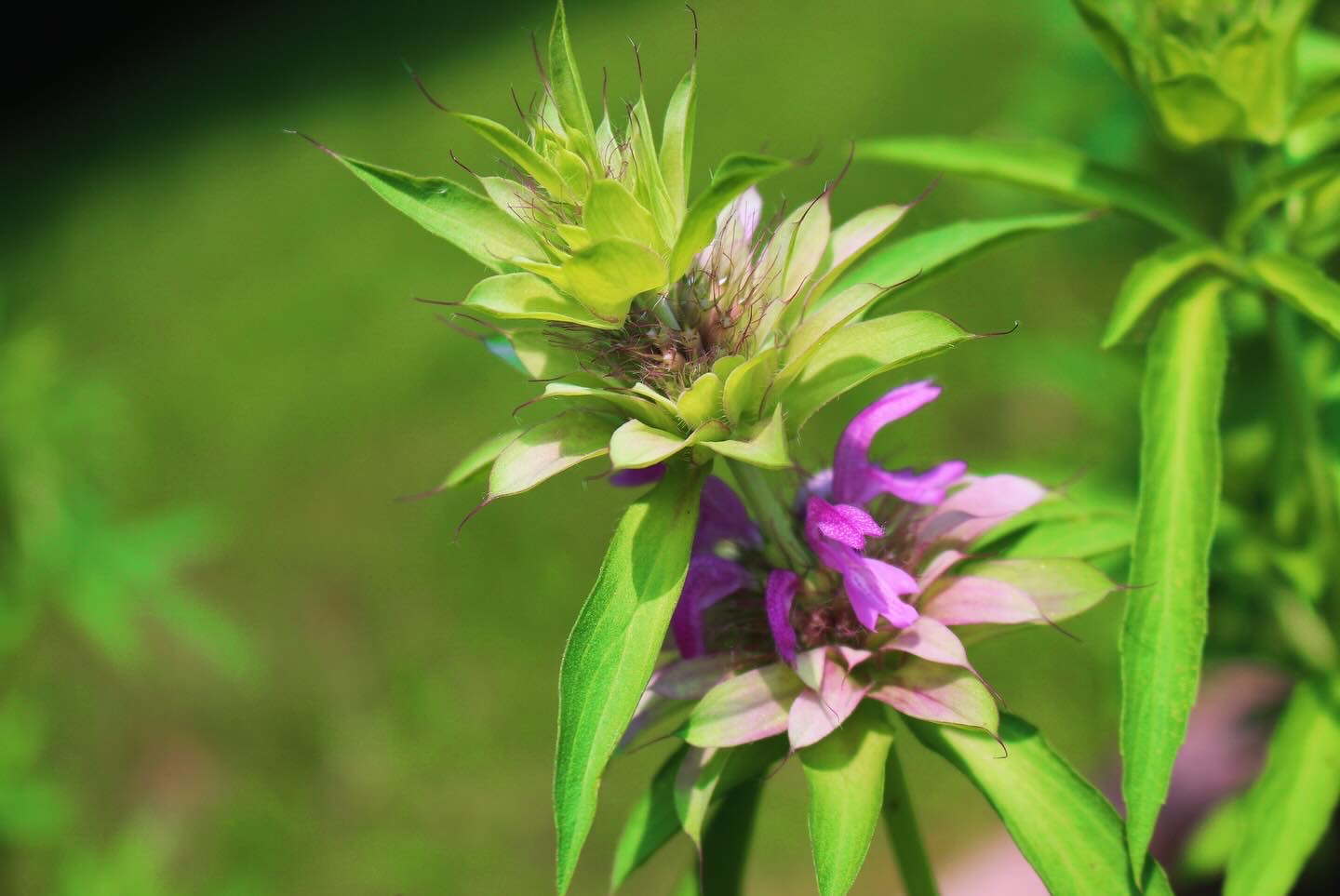Your cart is currently empty!

How to Help the Pollinators: Landscape Evaluation
If you are looking for ways to increase the pollinator population in your home landscape, then this checklist is just for you. To take a habitat assessment visit The Xerces Society for Invertebrate Conservation website. This will give you an idea of where you can increase pollinator habitats in your yard and gardens, along with sample plant placement plans for a variety of growing environments. The Xerces Society website also has a ton of valuable resources for ways to help our pollinators all year long. It is crucial for them to have an over-winter habitat, as it is one of the main reasons for the reduction of pollinators.



An important detail is to have plants blooming from early season to late season, with pollen and nectar available at all times. Plant native species, as some native bees will only collect nectar from native flowers. Include different shapes and colors to attract a variety of pollinators, since bees tongues do vary with species. Think about flower constancy- where a bee will continually visit the same species of plant on any given foraging trip, which is why planting in masses is crucial. Refer to my pollinator friendly landscape tips below for ideas on how you can improve your own gardens.
- Plant natives when possible- they are more adapted to our environment and will require less maintenance over time
- Strategize planting so there is something in bloom from early-late season for all species of pollinators
- AVOID pesticides and chemicals!!! Huge reason for decline in bee populations
- Add a bee lawn or rain garden to your landscape- This is a great idea for hard to mow areas
- Some weeds are okay to keep and are beneficial, looks are not everything
- Provide a bird bath and other water features for our insect and wildlife friends
- Leave the leaves in the fall- keep a layer of leaves or rake into garden beds
- Create over-winter habitat nesting sites for beneficial insects such as log and brush piles
- Grow native trees and shrubs for early season blooms such as Serviceberry or Wild Plum
- Bring awareness to neighbors by posting signs in your yard or on social media accounts


Did you know…
1 out of every 3 bites of food we take is because of pollinators
Worldwide there are approximately 20,000 species of bees
Bumblebees are attracted to purple, blue, white and yellow flowers and are blind to the color red
Pollinators are more than just bees and include moths, butterflies, wasps, flies and beetles, they all are essential for a healthy ecosystem
Reasons for decline in pollinator populations: climate change, lack of space to forage, use of pesticides, habitat loss, and not enough plants with pollen and nectar
Coffee, strawberries, potatoes, and apples are a few common foods we are able to eat and enjoy because of pollinators
My 11 Favorite Pollinator Plants for Minnesota Gardens
| Plant | Bloom Time |
| Lemon Mint-Monarda | May-July |
| Borage | June-September |
| Anise Hyssop | June-September |
| Zinnias | June-September |
| Common Milkweed | June-August |
| Mountain Mint | July-September |
| Goldenrods | August-September |
| Dill | June-August |
| Lemon Queen Sunflower | August-September |
| Purple Coneflower | July-August |
| Little Bluestem | July-September |

Borage

Lemon Queen Sunflower

Dill

Above and Beyond Roses

Honeysuckle

Lemon Mint Monarda
Sources: USDA, University of Minnesota Extension, Xerces Society
Photos property of Michele Miron
